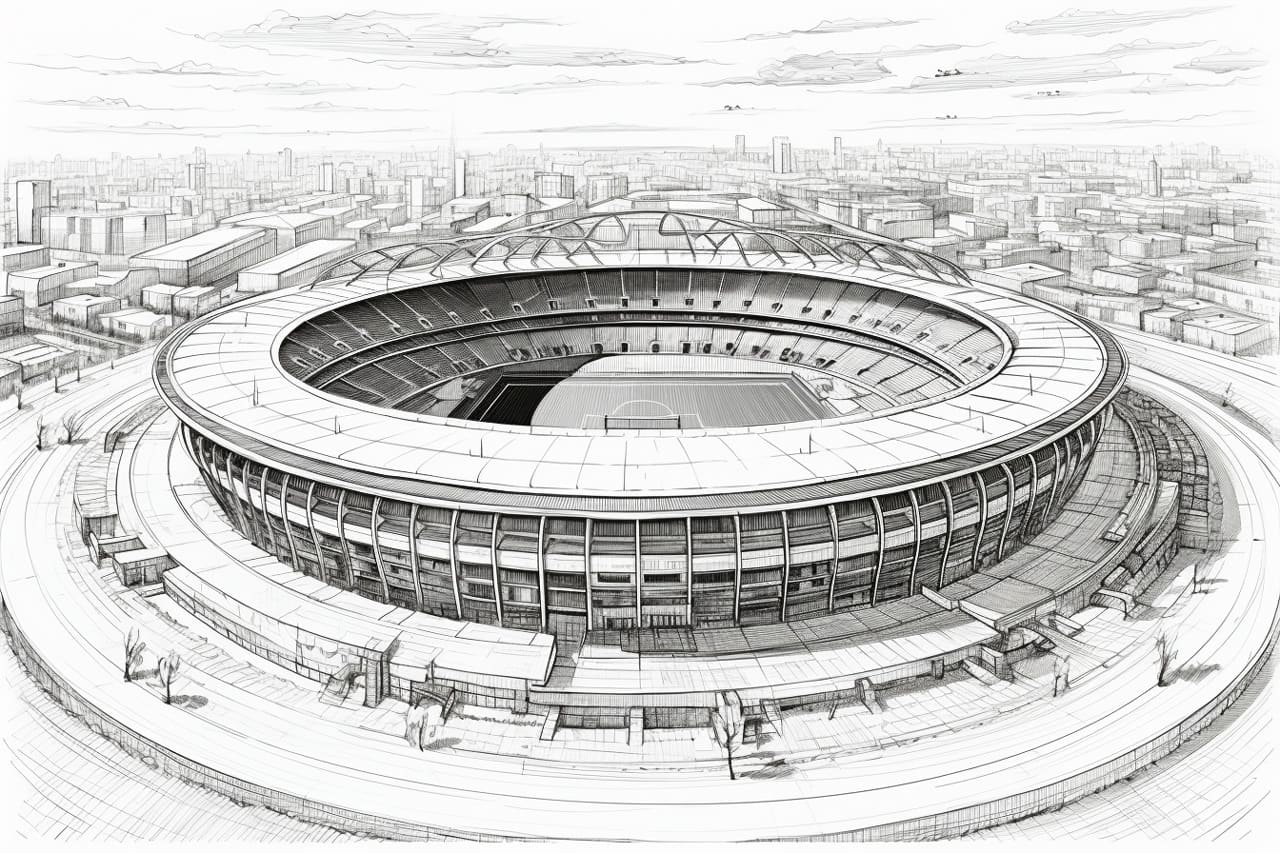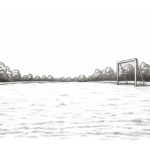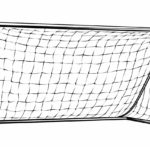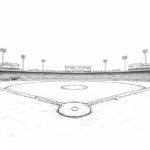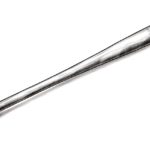Drawing a soccer stadium can be an exciting and challenging task for any artist, whether you are a beginner or an experienced illustrator. A soccer stadium’s dynamic and energetic atmosphere, with its bustling crowds, vibrant colors, and impressive architecture, offers a wealth of inspiration for creating stunning artwork. In this guide, we will explore the key elements and techniques you need to consider when learning how to draw a soccer stadium, from capturing the grandeur of the stadium itself to portraying the excitement and energy of a live match. So grab your sketchbook and pencils, and let’s dive into the world of drawing soccer stadiums!
Materials Required
To draw a soccer stadium, you will need the following materials:
- Drawing paper or sketchbook
- Pencil or graphite pencils in various grades (such as HB, 2B, 4B)
- Eraser (kneaded eraser is recommended for more precise erasing)
- Ruler or straight edge
- Fine-tip black pen or marker for outlining and adding details
- Colored pencils, markers, or watercolors (optional for adding color to your drawing)
- Reference images of soccer stadiums for inspiration and accuracy
These materials will help you create a detailed and realistic drawing of a soccer stadium. Feel free to add or adjust materials based on your preferences and artistic style.:
How to Draw a Soccer Stadium: a Step-by-step Guide
Step 1: Planning and Sketching
- Research and Reference: Look up images of soccer stadiums for inspiration and reference. Study a typical soccer stadium’s structure, seating arrangements, field dimensions, and overall layout.
- Gather Materials: You will need a pencil, eraser, ruler, drawing paper, and colored pencils or markers to add color to your drawing.
- Start with Basic Shapes: Begin by sketching the basic shapes of the stadium – a rectangular field, stands, and roof structure. Use light, loose lines to outline the general layout of the stadium.
Step 2: Adding Details to the Stadium
- Define the Field: Draw the soccer field in the stadium’s center. Use your ruler to ensure straight lines for the sidelines, goal lines, penalty areas, and center circle.
- Add the Stands: Draw the seating stands surrounding the field. Consider the different levels of seating, VIP boxes, and any unique architectural features of the stadium.
- Roof Structure: Sketch the roof or canopy over the stands. Pay attention to the angles and supports of the roof structure, which can vary depending on the stadium’s design.
Step 3: Adding Fine Details and Textures
- Fine-tune the Details: Add in more minor details like entrance gates, ticket booths, flagpoles, and scoreboards to enhance the realism of your drawing.
- Texture and Shadows: Use hatching and shading techniques to add depth to your drawing. Shade the undersides of the roof structure to create a sense of volume and add shadows beneath the stands to ground the stadium.
- Add Color (Optional): If you add color to your drawing, use colored pencils or markers to bring the stadium to life. For accuracy, consider the color scheme of the stadium you are referencing.
Step 4: Final Touches and Refinements
- Refine Lines and Details: Go over your drawing, refine lines, and add any details you may have missed. Erase any unnecessary guidelines or construction lines.
- Check Proportions and Perspective: Ensure that the proportions of the stadium elements are accurate and that the perspective looks realistic. Make adjustments as needed to achieve a balanced composition.
- Sign and Date Your Work: Once satisfied with your drawing, sign your name and date it to mark your completion of the soccer stadium artwork.
Step 5: Practice and Experiment
- Practice Makes Perfect: Drawing architectural structures like soccer stadiums can be challenging, so be encouraged if your first attempt is imperfect. Practice regularly to improve your skills.
- Experiment with Styles: Try drawing the same stadium using different styles, such as cartoon, realistic, or abstract, to explore your artistic versatility and find what suits you best.
By following these detailed steps and practicing regularly, you can master the art of drawing a soccer stadium with precision and creativity.
Conclusion
In conclusion, I commend you on your impressive drawing of the soccer stadium. Your attention to detail and ability to capture the energy and excitement of the game is truly remarkable. Keep honing your skills, experimenting with different techniques, and pushing yourself creatively. Your talent is evident, and with dedication and practice, you will continue to grow and thrive as an artist. Remember, art is a journey of self-discovery and expression, so continue to explore, create, and, most importantly, enjoy the process. Well done, and keep up the fantastic work!
Fun Facts About Soccer Stadiums
- The Maracanã Stadium in Rio de Janeiro, Brazil, has hosted two FIFA World Cup finals in 1950 and 2014, making it one of the most iconic and historic soccer stadiums in the world.
- The Camp Nou Stadium in Barcelona, Spain, is the largest soccer stadium in Europe, with a seating capacity of over 99,000 spectators.
- The Allianz Arena in Munich, Germany, is the first stadium in the world with a full-color changing exterior, allowing it to be lit up in different colors depending on which team is playing at home.
- The Signal Iduna Park in Dortmund, Germany, is known for having one of the most passionate and vibrant atmospheres in world football, with a “Yellow Wall” of over 25,000 standing fans creating an intense and intimidating environment for visiting teams.
- The Estadio Azteca in Mexico City, Mexico, is the only stadium to have hosted two FIFA World Cup finals, in 1970 and 1986, and is also famous for being the site of Diego Maradona’s “Hand of God” goal in the 1986 World Cup quarterfinals.
- The San Siro Stadium in Milan, Italy, is home to AC Milan and Inter Milan, making it one of the few stadiums in the world to be shared by two major rival clubs.
- The Wembley Stadium in London, England, is known for its iconic arch that spans over the stadium, making it a recognizable landmark in the city skyline.
- The Estadio Monumental in Buenos Aires, Argentina, is the largest soccer stadium in Argentina. It is home to the legendary club River Plate, known for its passionate fan base and historic rivalry with Boca Juniors.
- The Stade de France in Paris, France, was the venue for the 1998 FIFA World Cup final, where France defeated Brazil to win their first World Cup title on home soil
Suggestions for Scenes and Settings for Soccer Stadium Drawings
- A crowded soccer stadium during a high-energy championship match, with fans waving flags and banners.
- A serene moment at sunrise or sunset, capturing the stadium’s silhouette against a colorful sky.
- A close-up of the stadium’s intricate architecture and design details, such as the roof structure or seating layout.
- An aerial view of the stadium, showcasing its size and surrounding landscape.
- A behind-the-scenes look at the players warming up on the field, with the stadium as a backdrop.
- A rainy day scene with players in action on a slick field, capturing the intensity and drama of the game.
- A nighttime match with the stadium lit up and glowing, creating a dynamic and vibrant atmosphere.
- A panoramic view of the stadium filled with fans of different ages and backgrounds, celebrating the spirit of unity and community in sports.
- A black and white drawing focusing on the shadows and contrasts within the stadium, emphasizing the timeless quality of the game.
- A fantasy-inspired scene of a futuristic soccer stadium with advanced technology and design elements, pushing the boundaries of imagination and creativity.

